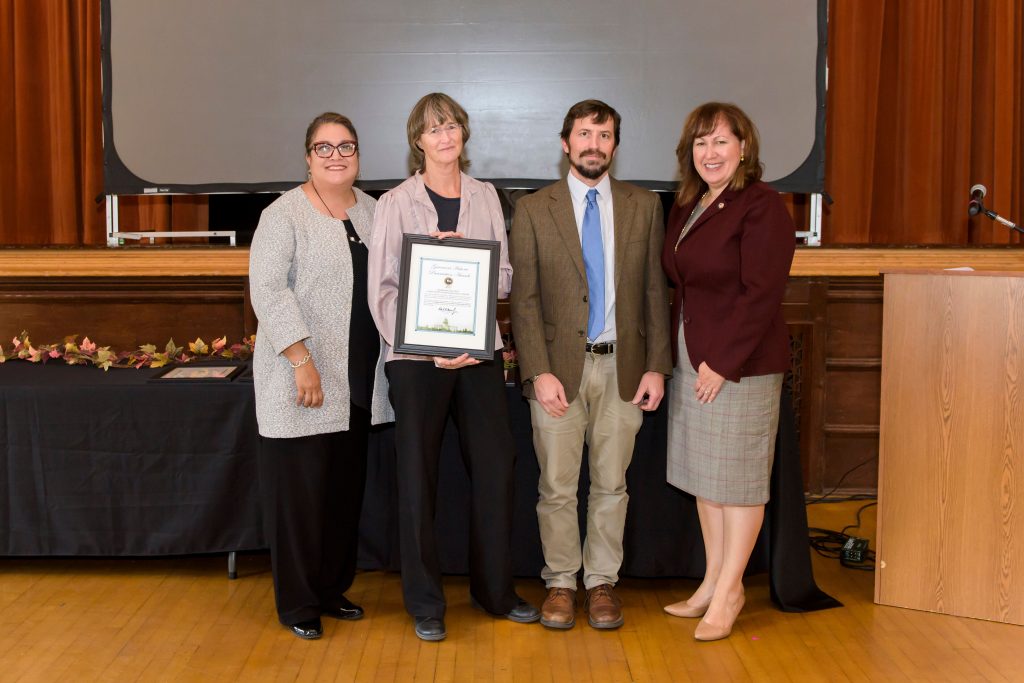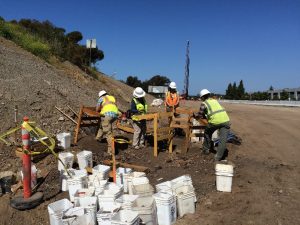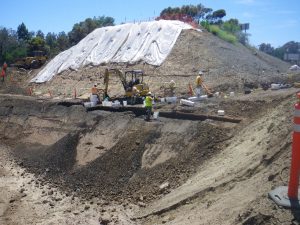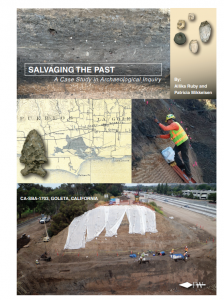Salt Lake City, Utah – Far Western received the Presidential Special Achievement Award for Excellence and their Numerous Significant Contributions to Archaeology and CRM in the Great Basin and Beyond. The award was announced at the biennial Great Basin Anthropological Conference in October.
There are those who do what needs to be done to meet the law or the contract and those who go the extra mile and strive to make a contribution that influences both theory and method, and ultimately our understanding of the past, as well as sharing our story with the public. This year’s Presidential awardees exemplify the best in Cultural Resource Management. – Kirk Halford, GBAA President

We thank the Great Basin Anthropological Association for this honor. We dedicate this to our Far Western team, everyone contributes to this kind recognition.
















